Like his contemporaries Steven Spielberg and George Lucas, Francis Ford Coppola is a filmmaker who likes to go back into the cutting room and alter his old classics. In 2001, he added around an hour of extra footage to his gonzo Vietnam War epic Apocalypse Now and released the new version as Apocalypse Now Redux. While it’s still as beautiful as the theatrical cut, the general consensus was that Redux’s additions detracted from the original masterpiece.
When he came to restore Apocalypse Now in 4K last year, Coppola decided to take another crack at recutting the movie. This new version is longer than the theatrical cut, but shorter than Redux. Coppola still hasn’t topped the original cut, but Final Cut was an improvement over Redux.
10 Original Is Still Best: There Isn’t A Second Of Filler
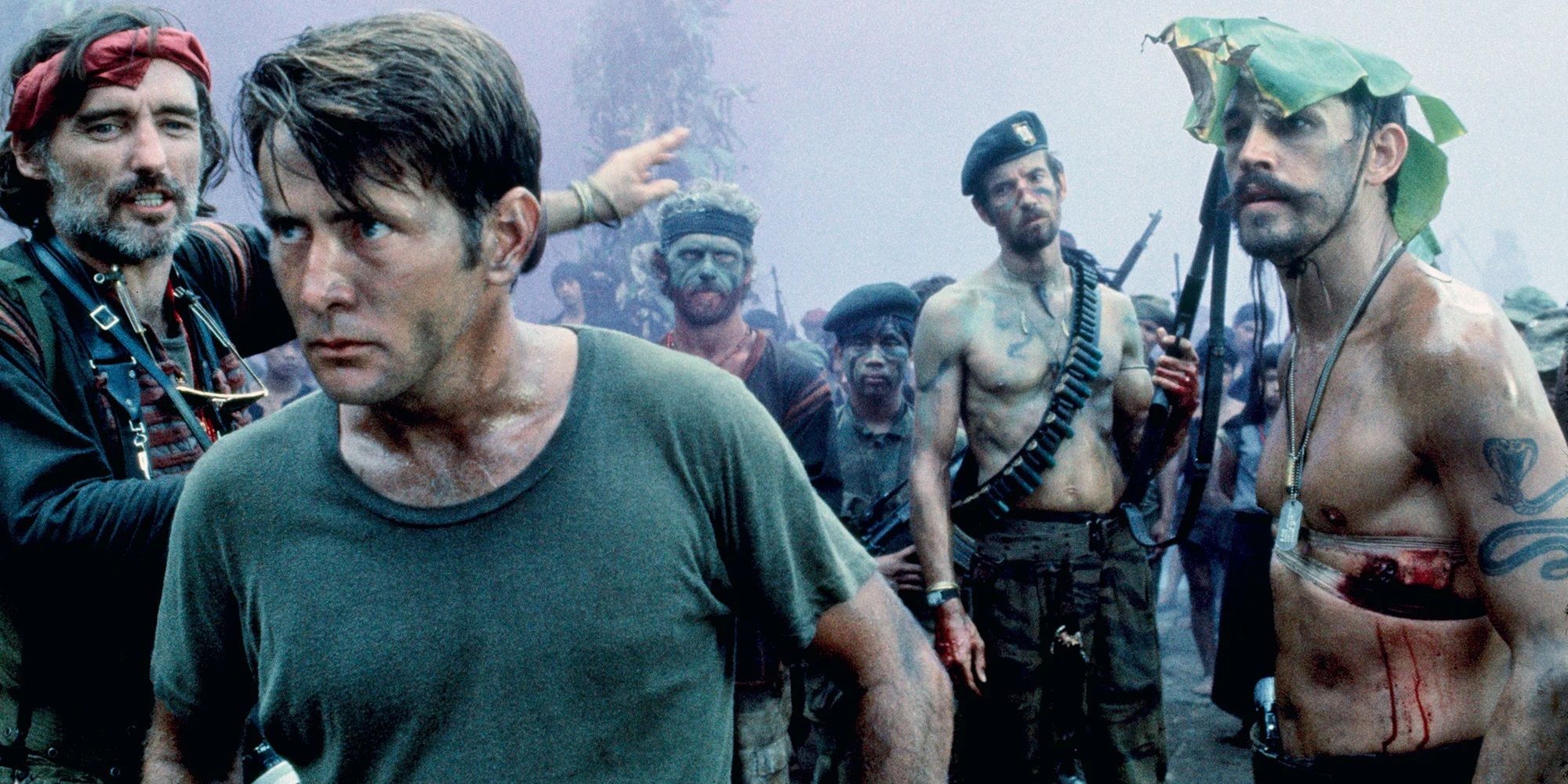
It’s hard to make a three-hour movie without a couple of scenes that feel like filler. With the extended runtimes of Redux and Final Cut, some scenes stand out as filler. Redux, for example, has a few more scenes with Kurtz that detract from the mystique built around him in the theatrical cut.
The theatrical cut, on the other hand, doesn’t have a second of filler. Coppola cut it down as short as it could possibly be to get it played in as many theaters as possible. The scenes that remain in the theatrical cut are all grade-A material.
9 Final Cut Beats Redux: Redux Is Way Too Long
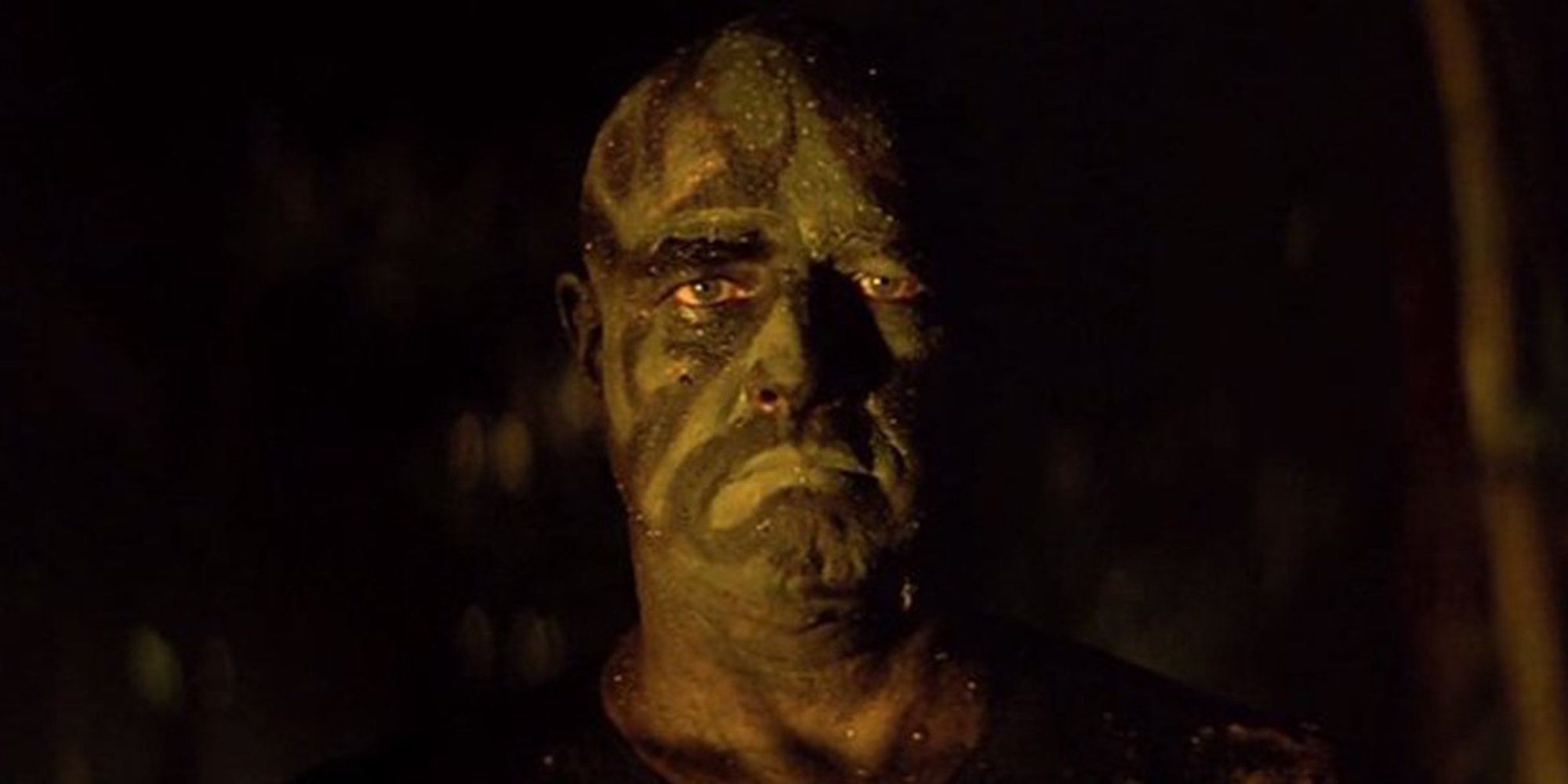
At 153 minutes, Apocalypse Now is hardly a short movie, but it feels like a brisk walk in the park after sitting through the interminable 202-minute runtime of Redux.
There are plenty of great movies over 200 minutes long – The Godfather Part II, Once Upon a Time in America, The Irishman – but they were all made to run that long. Apocalypse Now Redux is a great 153-minute movie that got stretched past the 200-minute mark.
8 Original Is Still Best: It’s Perfectly Paced
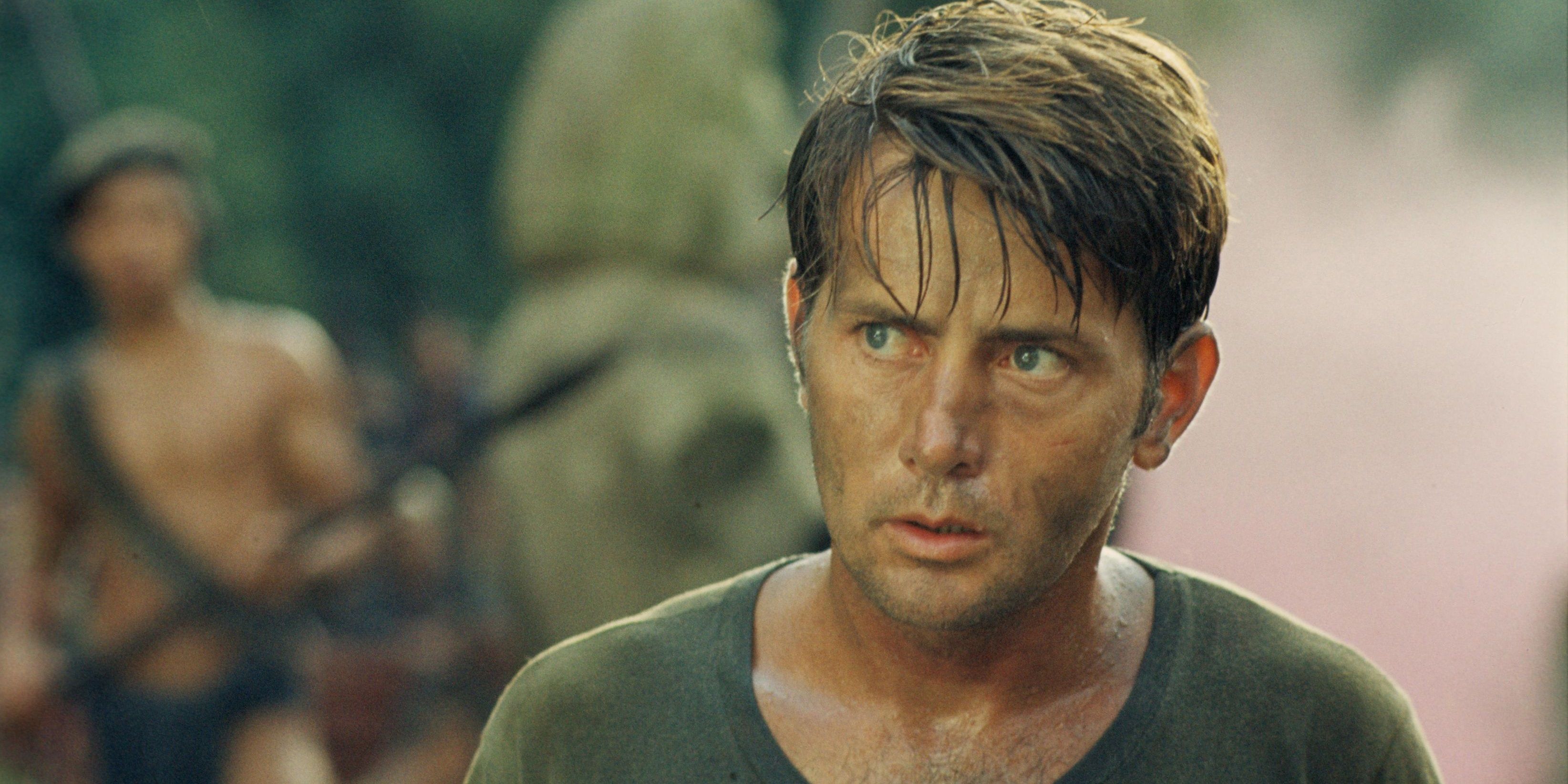
Both Redux and Final Cut have disjointed pacing in some sequences, never really establishing a consistent rhythm. Scenes like Kilgore’s search for his surfboard drag on in comparison to the later brutality of beheadings and torture, which are brushed over relatively quickly.
The original cut of Apocalypse Now flows seamlessly, with the sumptuous wartime visuals providing ample metaphors for Willard’s mental state during the movie’s deep dive into his disturbed mind.
7 Final Cut Beats Redux: Clearer Sound
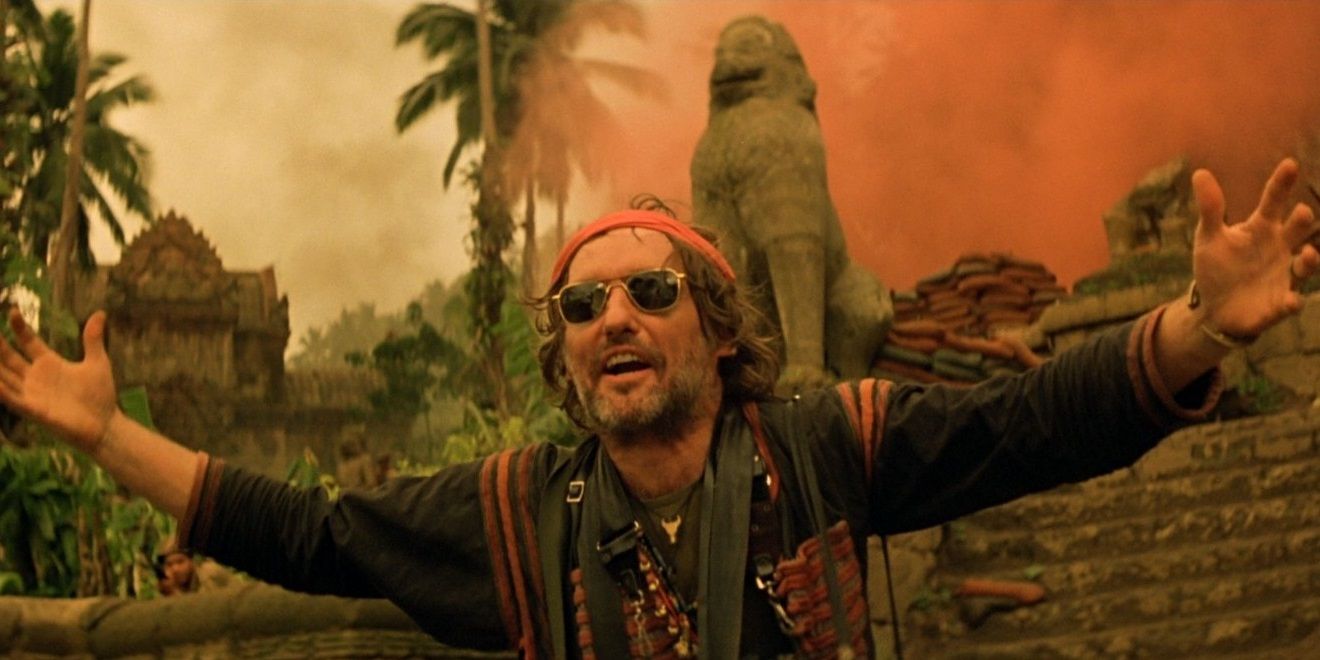
Walter Murch’s Oscar-winning 5.1 surround sound mix for Apocalypse Now is considered a turning point in cinematic sound design. The sound team working on Redux in 2001 didn’t have the best resources – they were working from a third-generation dub – so the re-edit’s sound suffered.
For the Final Cut, Murch and Coppola’s archivist James Mockoski managed to dig the original six-track print masters out of a dumpster. By updating these print masters with modern sound editing technology, Murch gave Apocalypse Now its clearest, fullest, richest sound mix yet.
6 Original Is Still Best: The Build-Up To Kurtz’s Introduction Masterfully Escalates Tension
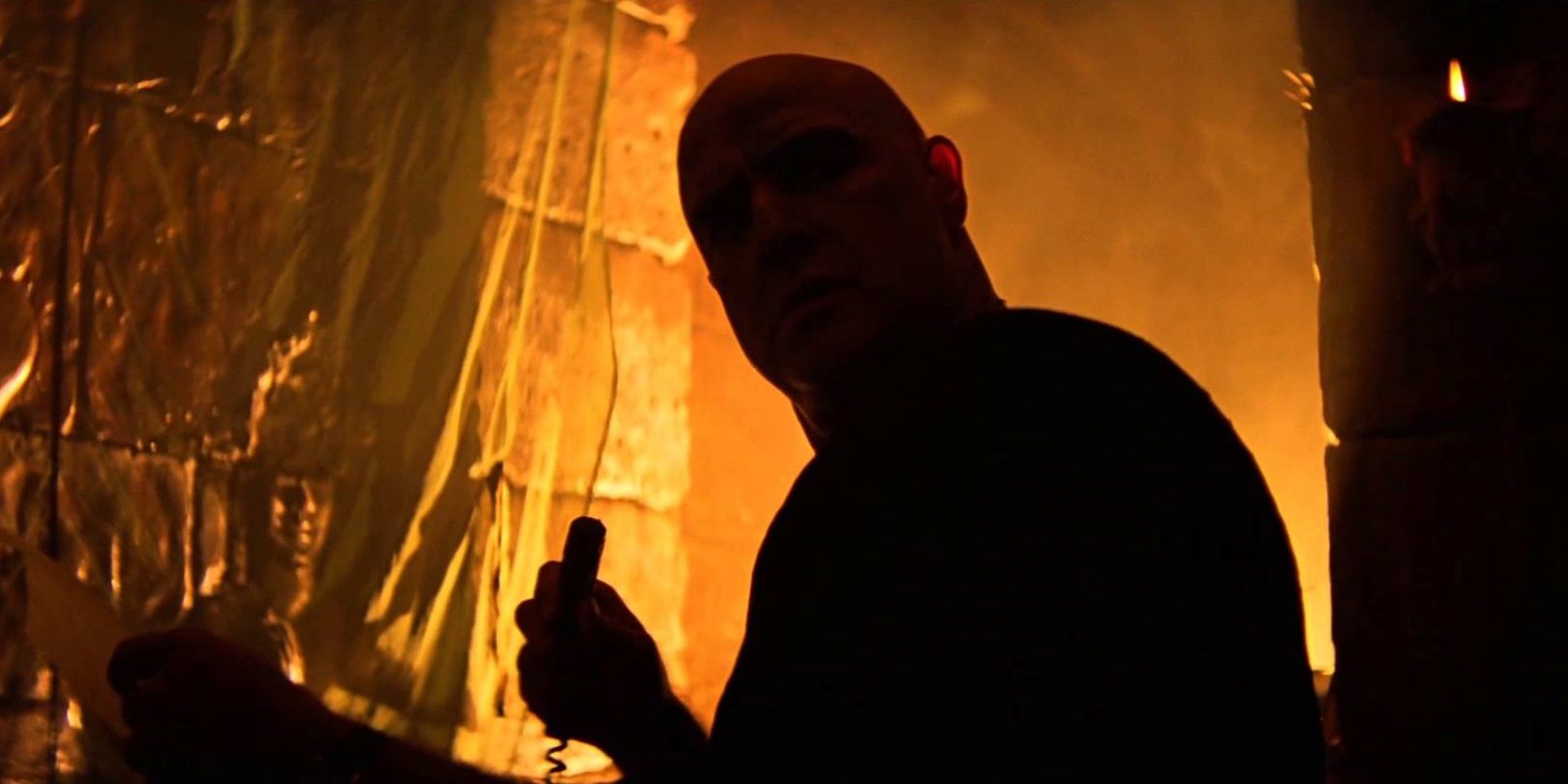
Most of Apocalypse Now is spent building up to Colonel Kurtz’s introduction. Thanks to Marlon Brando’s staggering performance, that introduction never fails to deliver, but in Redux and Final Cut, there are a couple of detours in the second act that make the journey to Kurtz’s compound feel more functional than Willard’s whole reason for being.
The original cut masterfully builds the tension toward the big Kurtz reveal. The re-edits have had too many distractions along the way and the tension doesn’t always hold.
5 Final Cut Beats Redux: The Added Scenes Fit More Naturally Among The Original Footage
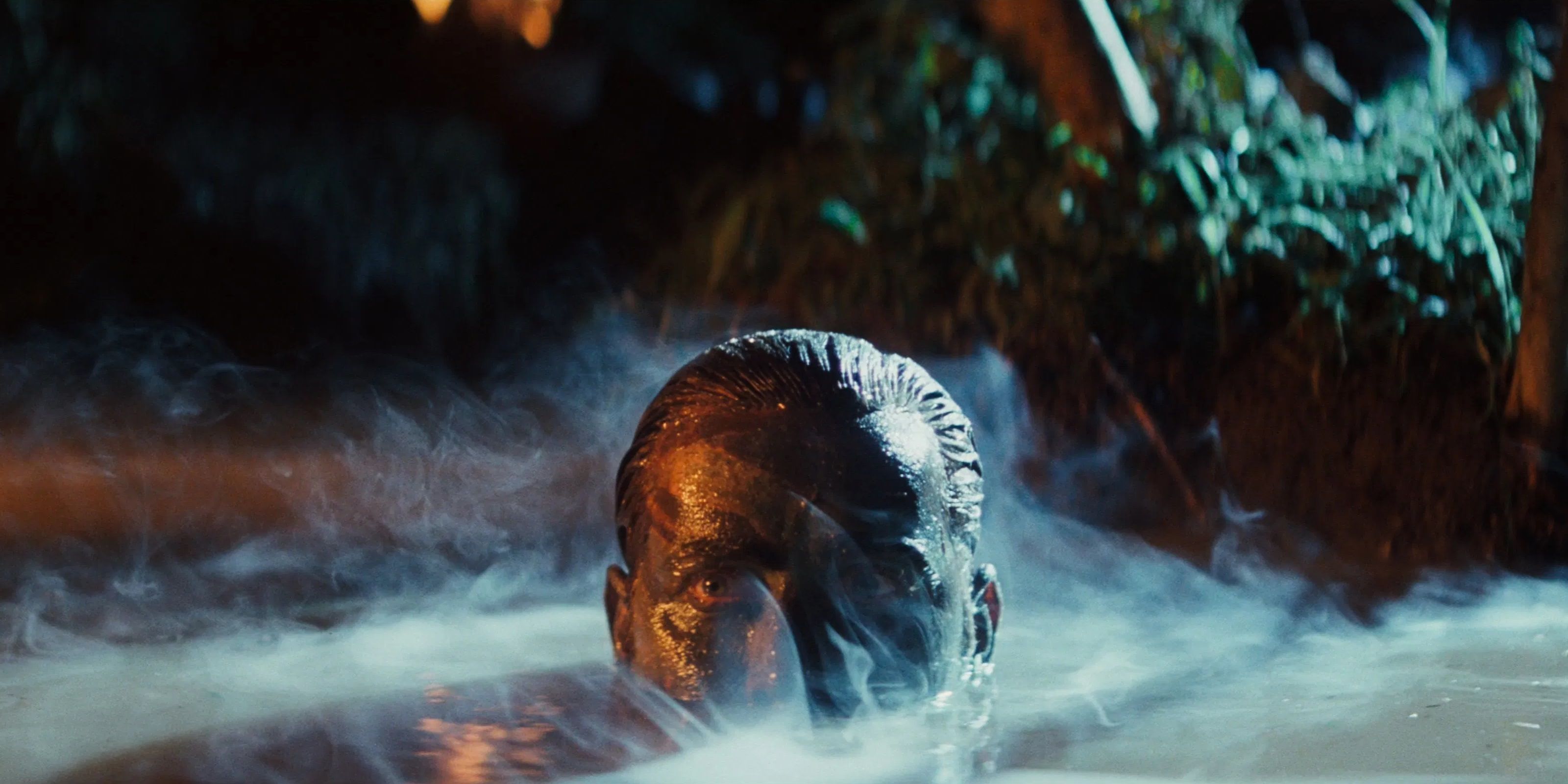
Film fans who know the original cut of Apocalypse Now like the back of their hand can spot the new footage in Redux and Final Cut from a mile away. In Final Cut, the new stuff fits in more naturally with the old stuff. It flows like its own movie, not a movie with a bunch of additions that slow it down.
A few detours like the boat’s second encounter with the Playmates stop Redux dead and take the focus away from Willard’s journey.
4 Original Is Still Best: It’s The Most Accessible Version Of The Film
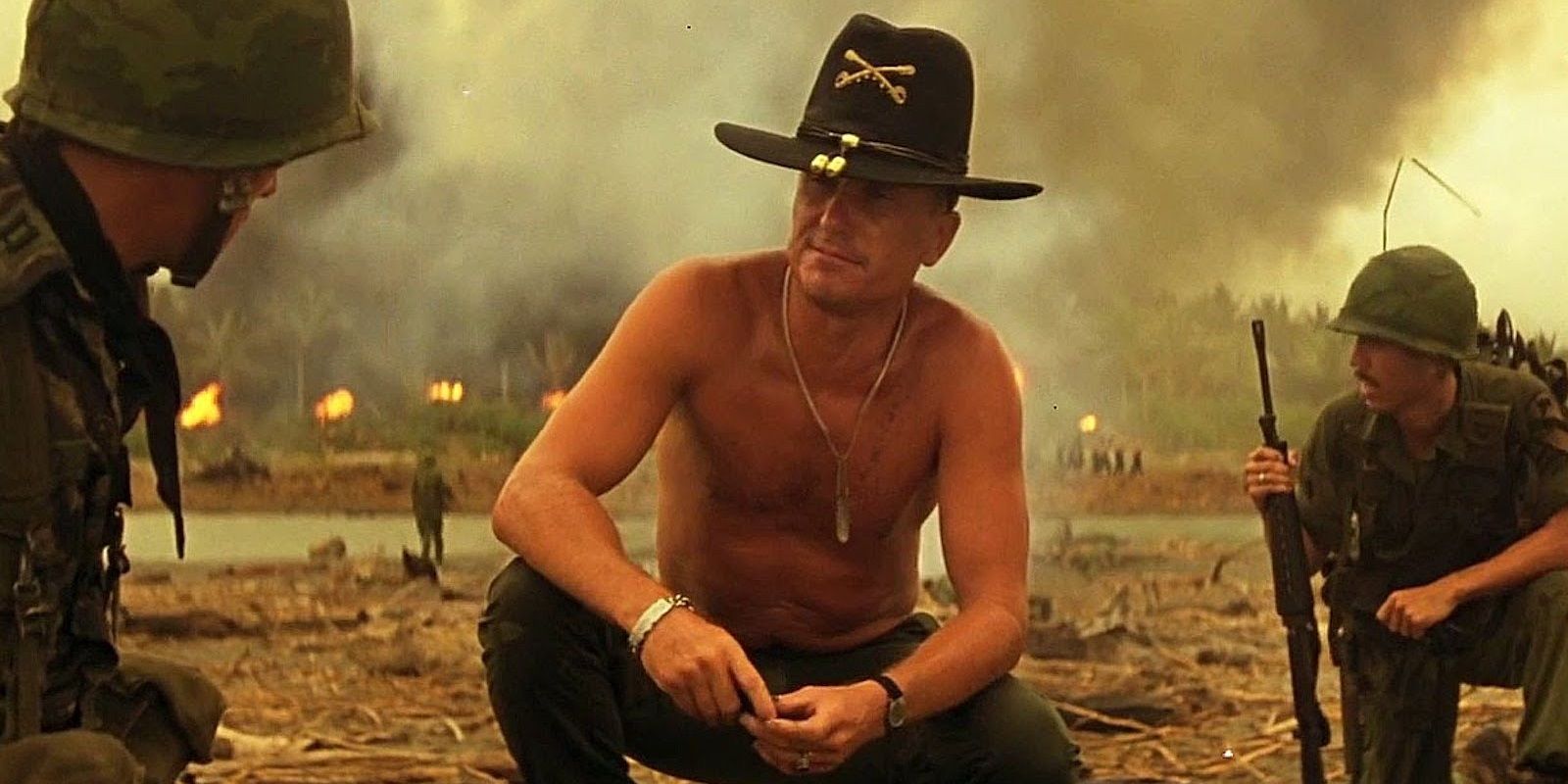
The main reason why Coppola cut down the theatrical release to a relatively lean 153 minutes is that he’d put a lot of his own money into the production and, like an antsy studio executive, he really wanted it to do well at the box office.
Since his original cut was more of an arthouse piece, he cut out all the most bizarre stuff to make an arthouse-style movie that would appeal to a mainstream audience. As a result, the original cut is the most accessible version of the film.
3 Final Cut Beats Redux: 4K Restoration
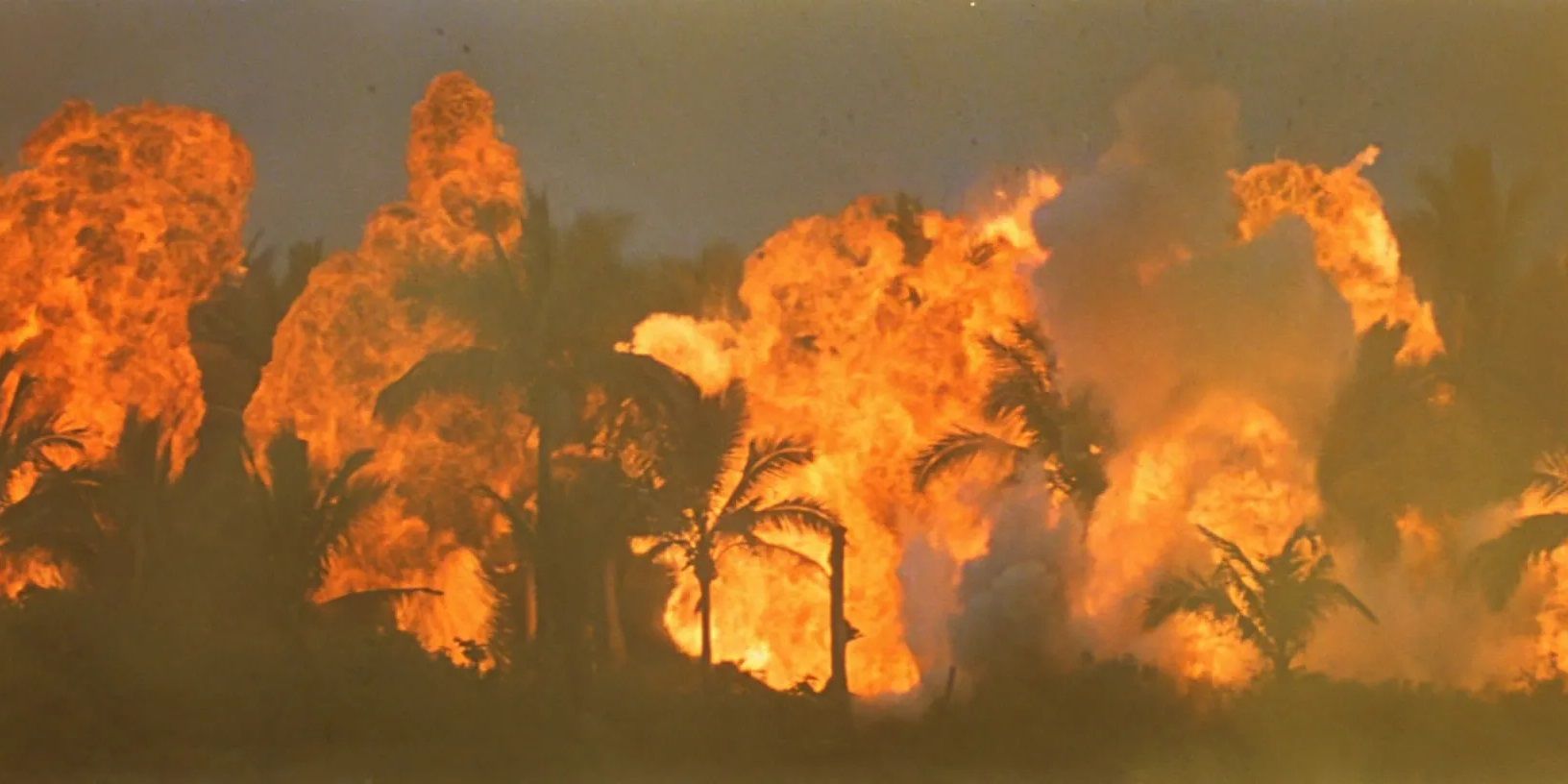
Coppola’s team logged almost 2,700 hours of work painstakingly cleaning and restoring Apocalypse Now’s 300,173 frames in 4K and mixing it with Dolby Vision, but it was worth it, because the movie is more beautiful than ever before.
Vittorio Storaro’s cinematography has some of the most stunning visuals ever put on film. Little details like the Dow Chemical logo on metal drums are clearer than ever in the new format.
2 Original Is Still Best: Coppola Has Overthought The Re-Edits
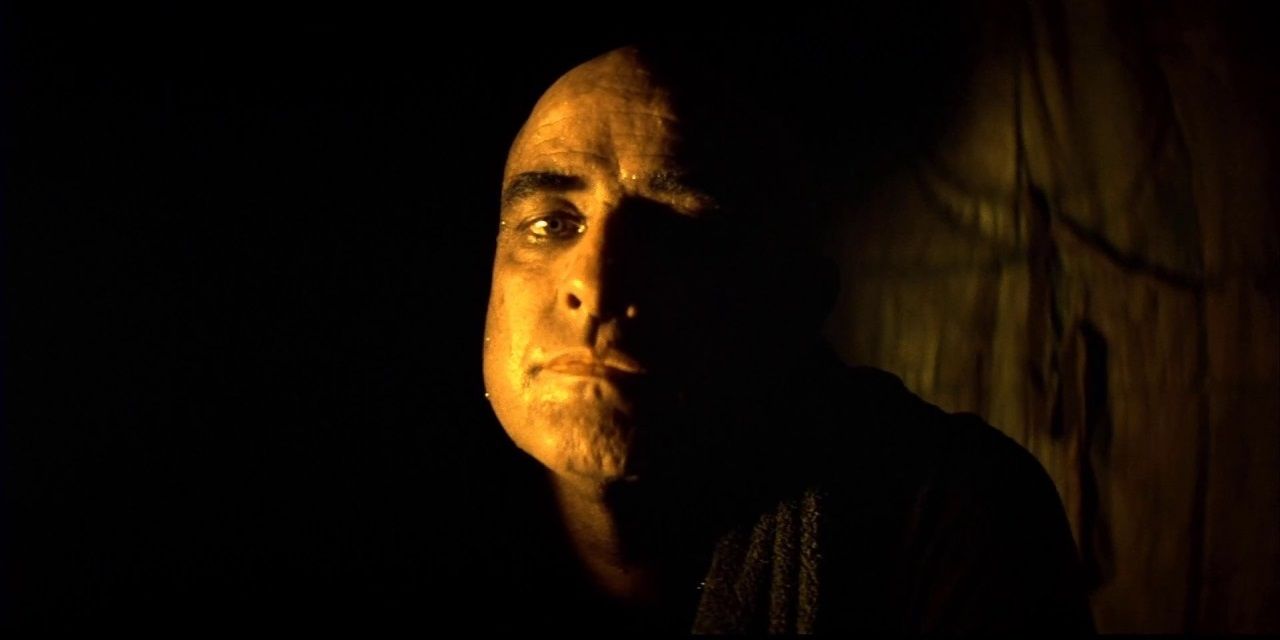
When Coppola was first making Apocalypse Now and he was in the zone, he endured nightmarish working conditions to make sure that his vision was captured on celluloid and he’d be able to cut together the surreal epic he saw in his mind’s eye.
Ever since then, whenever he’s gone back into the edit in the wake of the movie’s legendary status, he’s overthought it. He already nailed it the first time. The original cut is the hypnotic masterpiece that moviegoers fell in love with in 1979.
1 Final Cut Beats Redux: It Keeps The Story Focused On Willard’s Journey
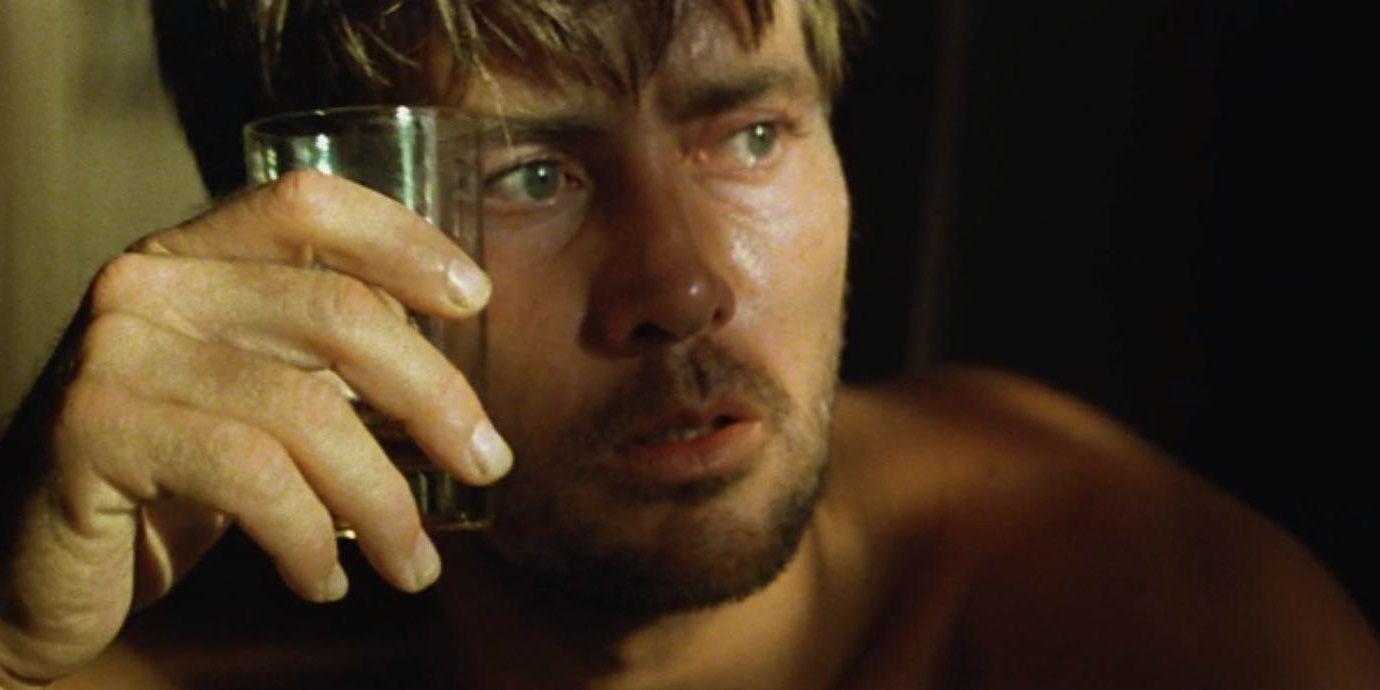
Ultimately, Apocalypse Now is the story of Willard’s journey to Kurtz’s Cambodian compound to assassinate him. The original cut is focused on that journey, but Redux has a few stretches that don’t feature Willard at all, like the Playboy bunnies’ helicopter crash, or feature him without adding anything to his characterization or conflict.
When Coppola removed a scene from Redux or added a scene to the theatrical cut in crafting the Final Cut, he did so to keep the story focused on Willard’s journey. The French plantation scene is one of the most controversial additions, but it faces Willard with yet another counterpoint to his ideologies.
from ScreenRant - Feed https://ift.tt/3b0wwyb






0 Comments
Please don't use vulgar comments and avoid discussion on Religious matters